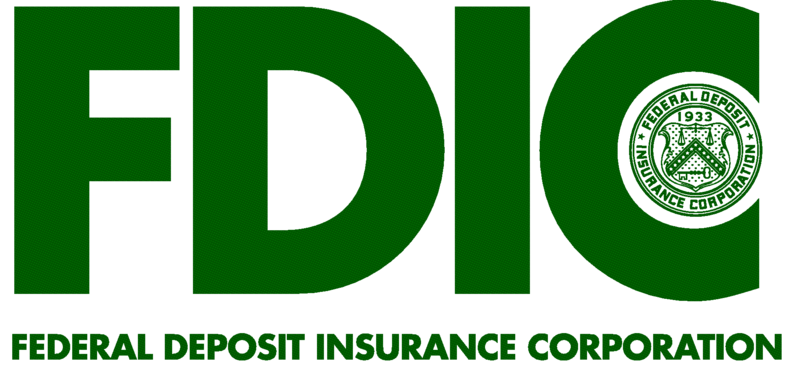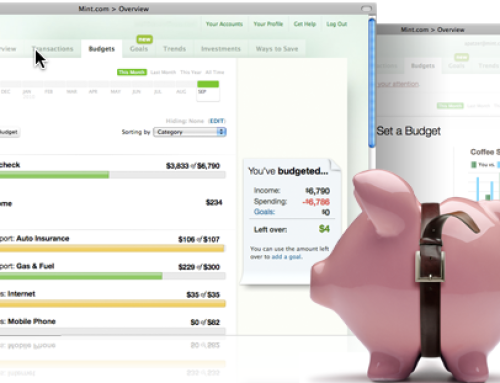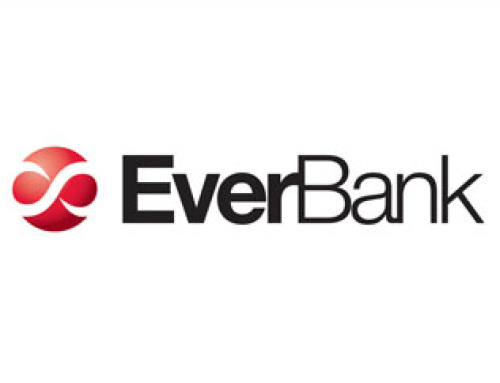 After the financial crisis of 2008, in order to boost faith in banks and encourage deposits, FDIC insurance coverage was increased from $100,000 to $250,000. As a result, if a bank fails, you are entitled to get your money back — up to $250,000. For many high net worth individuals, however, this is small comfort. What if you have more than $250,000 in cash balances? The FDIC insurance coverage is cumulative at a financial institution, so if you have more than $250,000 at one bank, you could lose some of your money if you don’t take the proper precautions. One of the most common solutions to the problem of ensuring that larger cash balances are protected is to spread out deposits amongst financial institutions. You can put $250,000 in one bank, and another $250,000 in another bank so that your full $500,000 is covered (assuming that both banks are FDIC-insured). You can spread your money around to as many banks as necessary in order to ensure that all of your money is properly protected.
After the financial crisis of 2008, in order to boost faith in banks and encourage deposits, FDIC insurance coverage was increased from $100,000 to $250,000. As a result, if a bank fails, you are entitled to get your money back — up to $250,000. For many high net worth individuals, however, this is small comfort. What if you have more than $250,000 in cash balances? The FDIC insurance coverage is cumulative at a financial institution, so if you have more than $250,000 at one bank, you could lose some of your money if you don’t take the proper precautions. One of the most common solutions to the problem of ensuring that larger cash balances are protected is to spread out deposits amongst financial institutions. You can put $250,000 in one bank, and another $250,000 in another bank so that your full $500,000 is covered (assuming that both banks are FDIC-insured). You can spread your money around to as many banks as necessary in order to ensure that all of your money is properly protected.
Keeping More than $250,000 at One Bank
Some consumers, though, don’t like the idea of dealing with that many financial institutions. In such cases, it is possible to keep more than $250,000 at one bank, and keep it protected, by taking care to open accounts in different ownership categories. Bank accounts come with different ownership categories, including single, joint, and revocable trust. Even some retirement accounts can be covered by FDIC insurance. It is possible to open accounts in different ownership categories, and put $250,000 in each of those. If you open an account in each one of the four common ownership categories protected by FDIC insurance, you could keep $1 million in cash at a single bank — and have it all protected. Before you open different types of accounts, though, make sure that you understand the conditions that come with them. Opening a joint account, for example, means that you are giving someone else permission to access your money. A joint account should only be opened with someone you trust. Likewise, it is important that you understand the ins and outs of a revocable trust account before you open one. Even some retirement accounts are eligible for protection. These are accounts owned by one person, and titled in the retirement plan owned by that person. Make sure you understand the restrictions associated with the retirement plan before opening such an account. It is also important to realize that the addition of a beneficiary to the retirement account does nothing to change the amount of money protected by FDIC insurance.
Bottom Line
It is possible to properly protect your assets when you plan ahead. Consider where you would like to keep your money, and whether or not it makes sense to open accounts with different ownership categories. You can also consider keeping some of your money at different financial institutions. If you are a high net worth individual, it is important to consider your options so that you protect your cash assets, and reduce your exposure to the risk of bank failure.













Follow Us